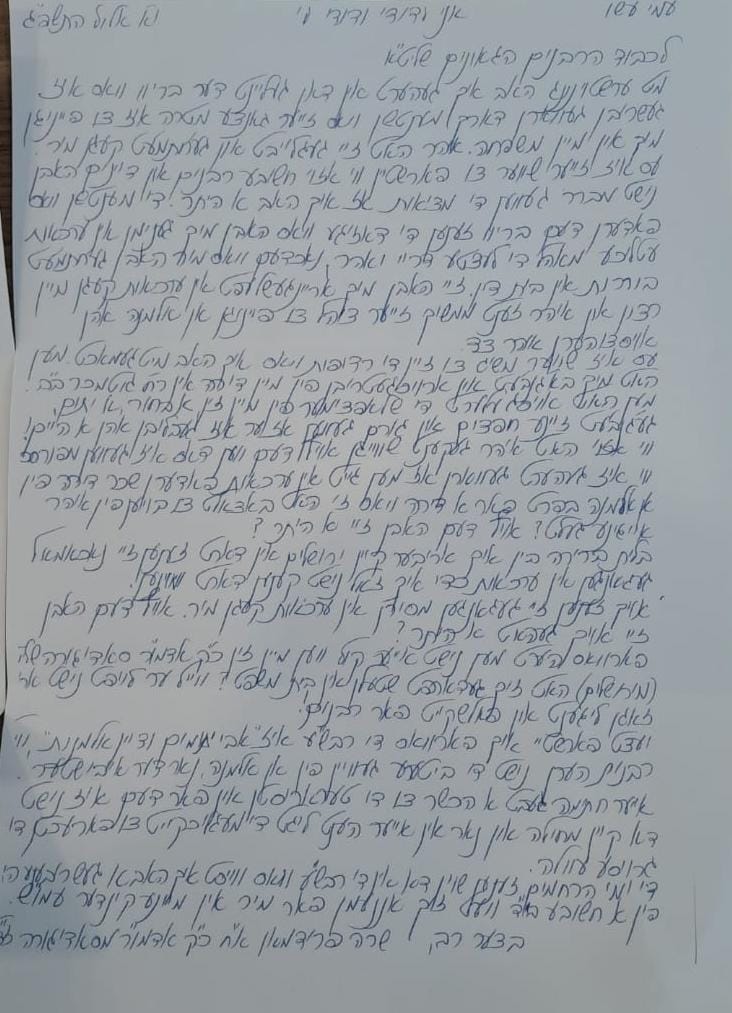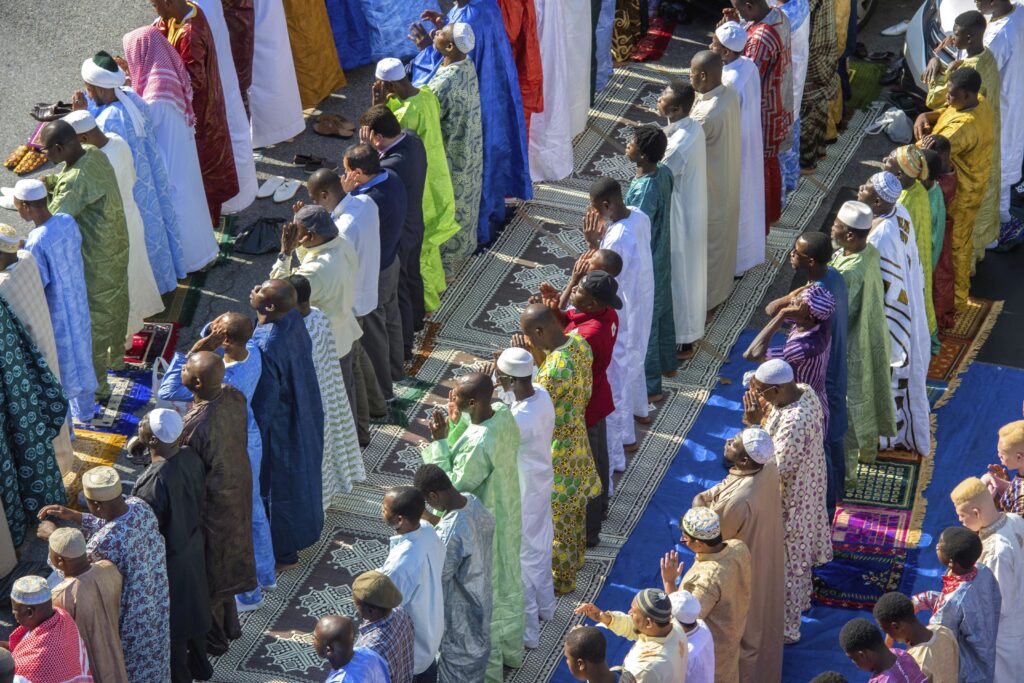DIN: Turns out that the Chareidie press is citing multiple sources and instances where gedoilei poskim have absolutely zero issues with women doing gelilah.
A reader "RCK" from Beitar Illit, sent me a PDF where one can clearly see that there is a Spinka Minhag to be "mechbeid" a lady with gelila! The previous Satmar Rebbe, the Beirach Moshe, wrote a Sefer Torah in honor of his late daughter, and instructed his chassidim to have a woman do gelila, and said that this was a minhag in Sighet, to give gelilah to women who have problems conceiving.
I believe that Rab Shternbuch wrote his psak too soon, without having the facts and having missed a Nitei Gavreal that permits it with conditions.
My issue is not that Rav Shternbuch prohibits this, but his tone, prohibiting it, stating that people "should distance themselves from people practicing this."
There were local rabbanim there who permitted it, and it was not Rav Shternbuch's place to rule against them.
In the wake of the incident in which a woman did Gelilah during the course of a Hachnasas Sefer Torah and the strong protest by Rabbi Moshe Sternbuch against the practise, historian and researcher Yisrael Shapira revealed a number of previous occasions in which such a custom was approved by prominent rabbis.
Shapia, who writes for the Kikar Hashabat site, revealed that nearly 200 years ago, when Moses Montifiore and his wife Judith visited Tzfat after the 1837 earthquake, Rabbi Avrohom Dov Avritch, the Bas Ayin gave Judith significant honor. On the eve of Shavuos they were invited to a Hachnasas Sefer and a special place was prepared for Judith, as she later wrote in her memoirs. (Otzar Masaos Eretz Yisrael p.558). During the Hachnasas Sefer, Judith was given the honor of standing right behind the Bas Ayin and carrying a wax torch, “And they brought me under the chupah behind the esteemed rabbi carrying the sefer and everyone was crowded behind us singing dancing and clapping.” She added “I was so happy and delighted to see this holy joy.”
Judith even revealed in her memoirs her concern that the torch “might ignite the chupah, or I might drip wax over the white silk clothes that the honorable R. Avraham Dov wore.” (She actually represented her husband at the occasion as he was sick at the time.)
A week later, the Montifiores travelled to Tiberias and davened shacharis with the Bas Ayin. Judith described the atmosphere at the Bas Ayin’s shul: “There was a large group of the wise men of the town. I was honored to decorate the Sefer Torah and all those who came to read blessed us and inquired of our welfare.” The Montifiores were even invited to have breakfast with the Bas Ayin.
During the previous week Judith reported a similar honor from “The Chacham Mizrachi”, who was the Sefardi rabbi in Tzfat. When the Montifiores visited his shul “Montifiore was given Hagbahah (raising the Torah scroll) and I was honored to decorate the Sefer.”
After this historical evidence, Shapira also brings a modern-day posek, Rabbi Gavriel Tzinner, who in his Nitei Gavriel cites halachic sources that women did perform Gelilah. For example, it was the custom in Zeewald, Holland that a girl from the women’s section did gelilah and this was approved by Rabbi Shmuel Hirsch.
Moreover Rabbi Tzinner quotes the grandson of the Berech Moshe of Satmar who said that when doing hachnasas sefer Torah a childless couple should be honored with the husband doing Hagbahah and the wife Gelilah as this could be a segulah (merit) for having children.
Moreover similar testimonies of women doing Gelilah were presented by members of the Spinka chasidim, as well as Rabbi Chaim Falagi in his Sefer Chaim, the Tiferes Aryeh and others.
The Nitei Gavriel concludes that women would be permitted to do Gelilah if they are 1) not Niddah 2) dressed modestly 3) doing it in front of close family and friends.
.png)



















